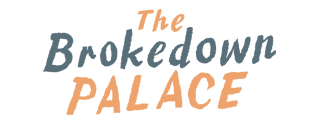My Kånken and I have been companions for a good few years now and it hasn’t let me down once. I bought it in my late teenage years, but growing up in Sweden, the iconic backpack has always been present – one way or another.
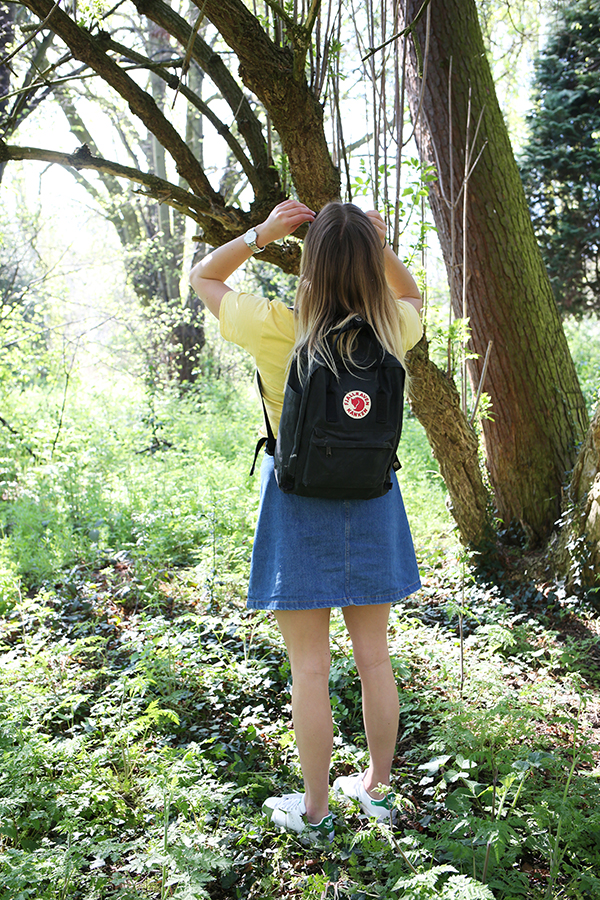
In the late 70’s statistics showed that 80% of the Swedish population had back problems, partially due to the not-so-very-ergonomic shoulder bags that were popular at the time. Experts and school nurses all over the country expressed their worry about the future of the school kids backs. And so, in swoops the founder of Fjallraven, Åke Nordin, and saves the day. Together with the Swedish Scout Association he designed the back-saving Kånken.
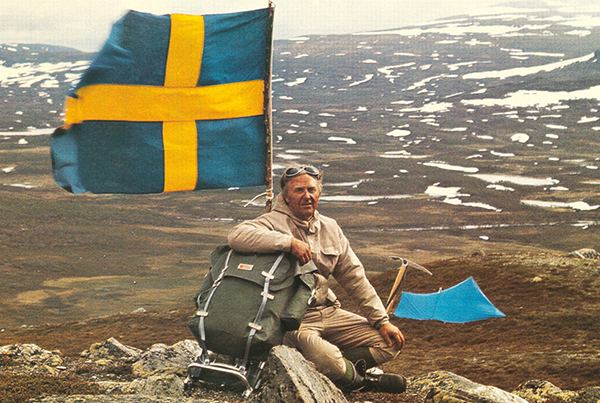
Ya boy Åke Nordin.
With the weight distributed evenly on the shoulders, the spines of Swedish school kids were saved! Kånka means carrying something heavy so it comes to no surprise that a backpack called Kånken was made to do just that. And as well as being comfortable and ergonomic, it’s made from the super hard-wearing Vinylon F fabric and has got lots of handy features; such as pockets on the side, a reflective badge, and a seat pad for when you’re feeling like having a picnic in the forest.
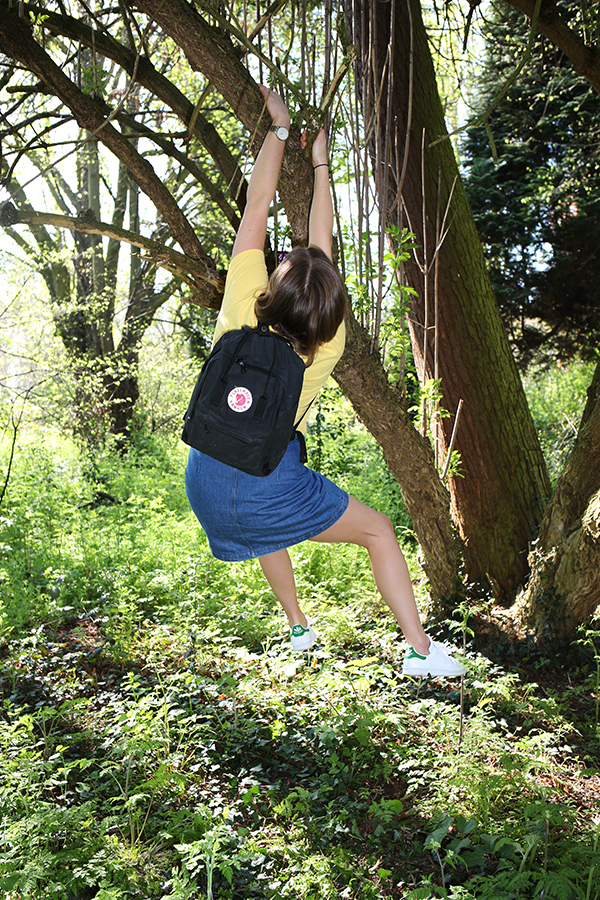
The concept of having a seat pad in your backpack doesn’t seem to be much of a thing here in the UK, but when I was a kid in playschool we would very often go on day trips to the woods, and we would never leave without the teachers making sure that each and everyone of us had a seat pad of our own to take on the trip. I still find this feature incredibly handy, the seat pad has saved me countless times from having to sit on the wet ground.

Ever since the launch of the backpack in 1978, the Kånken has been one to stir up many emotions. The eco-friendly and functional design made it popular among liberal thinkers, which made it a bit of a left wing symbol and inspired to the nickname “the communist pack”. I think this notion has been left behind today, but I grew up knowing a Kånken was definetly a synonym to being left wing.
The Kånken has been a popular choice for both children and adults since the start. Today, over
200 000 of the bags are sold every year. The design is still the same – the only thing that’s really happened is that they’ve complemented it with a few more models (the Kånken Big, and the Kånken Laptop to name a few) and colours, so there is a Kånken suitable for everyone – whether you want a subtle Forest Green or a bright Burnt Orange.
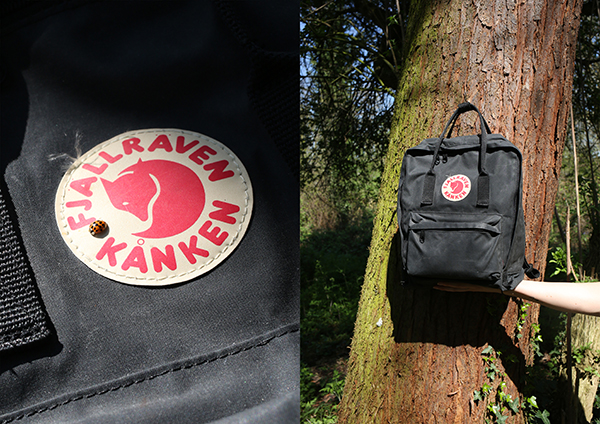
My own Kånken
40 years later some of the first backpacks are still going strong. My own trusty Kånken is only 7 years old, but I know it’s got a long life ahead of itself. An example of this is my friends backpack, which she inherited from her grandmother – purchased nearly 40 years ago! The reflective logo has worn off giving it a unique look, but it still stands the test. The Kånken is really a backpack you can trust!

Check out our Kånken range here
puss och kram,
Tove

